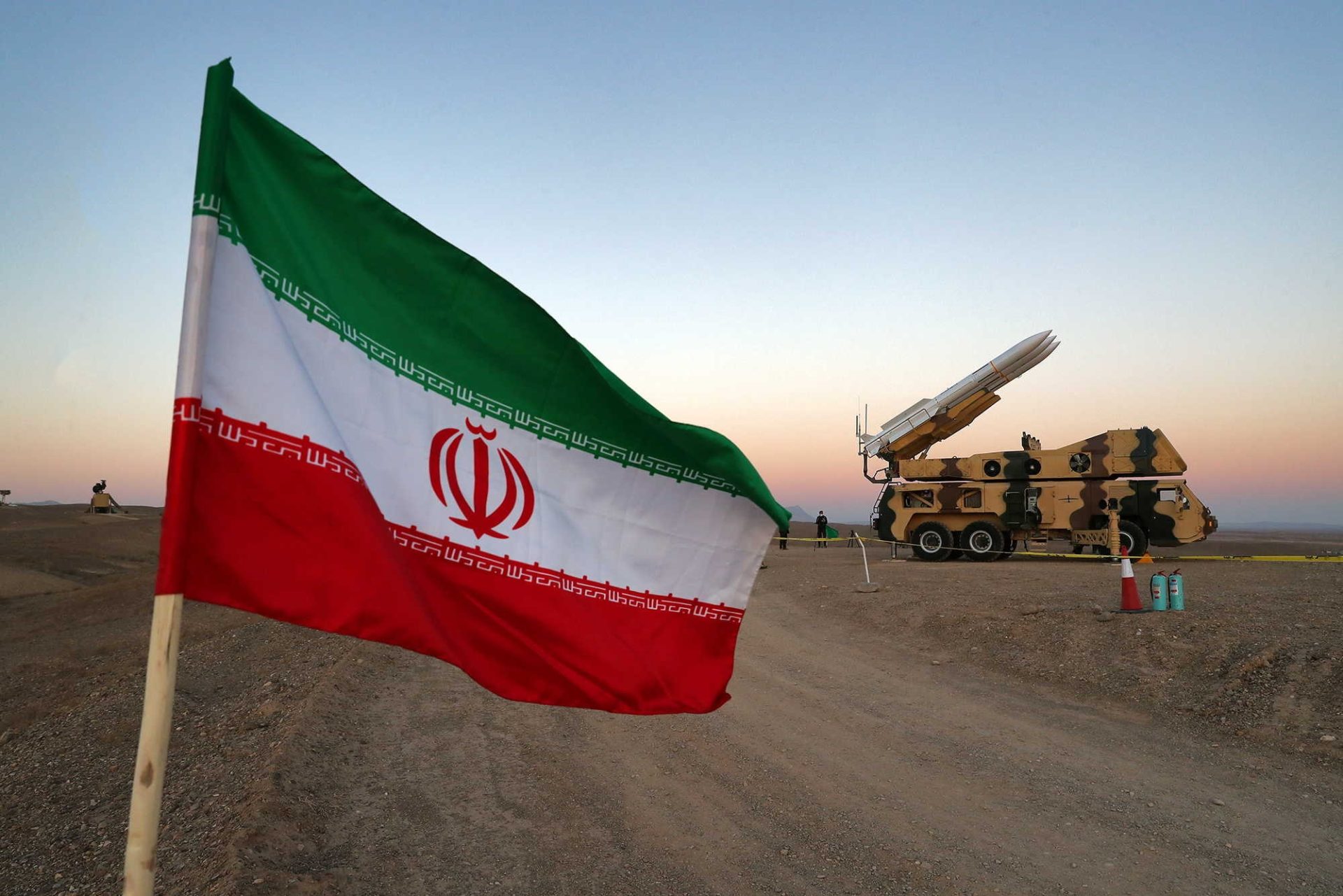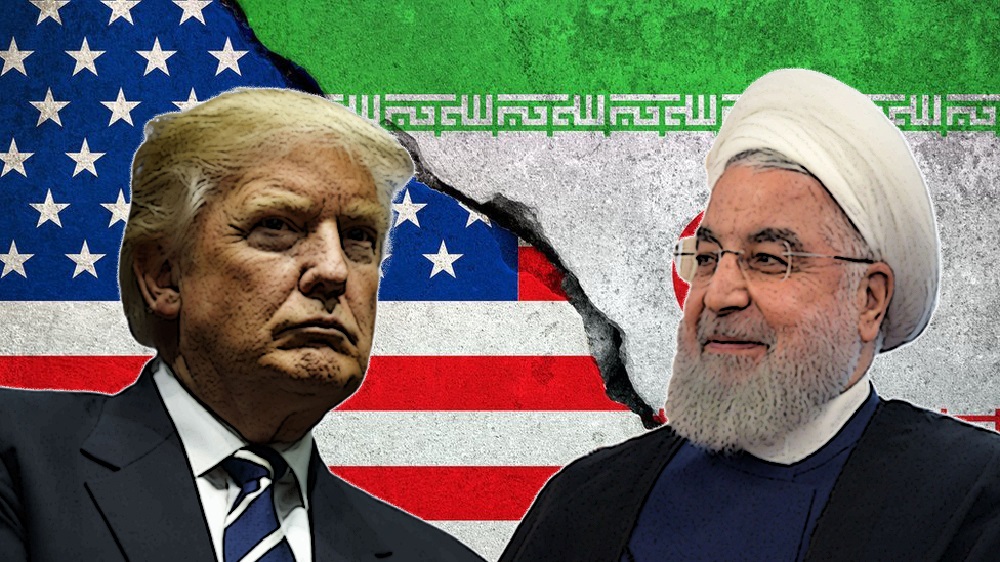Iran Reinforces Security at Nuclear Tunnel Complex Amid U.S. and Israeli Threats
Satellite Images Reveal New Perimeter Around Iran’s Nuclear Facilities as Tehran Resists Demands to Dismantle Program

Watan-A report released Wednesday stated that Iran is strengthening security measures around two deep underground tunnel complexes connected to its main nuclear facilities amid U.S. and Israeli threats of a potential attack.
The report, published by the Institute for Science and International Security, is based on recent satellite images as the U.S. and Iran prepare for a third round of talks on a potential deal to reimpose restrictions on Iran’s nuclear program.
U.S. President Donald Trump, who withdrew the U.S. from the 2015 nuclear agreement during his first term, which aimed to prevent Tehran from developing nuclear weapons, has threatened to bomb Iran unless a rapid agreement is reached to ensure the same goal.

Iran Enhances Security at Nuclear Tunnel Complex Amid Western Concerns
Trump’s withdrawal led Iran to breach several restrictions imposed by the deal. Western powers suspect the Islamic Republic is seeking the capability to assemble a nuclear weapon, a claim Tehran denies.
David Albright, the institute’s president, said the new security perimeter suggests that the tunnel complexes, under construction for several years beneath Mount Kolang Gaz, could soon be operational.
Albright noted that Tehran has not allowed U.N. nuclear inspectors access to these nuclear complexes.
This raises concerns that the complexes could be used to store Iran’s stockpile of highly enriched uranium, undeclared nuclear materials, or advanced centrifuges capable of enriching uranium to weapon-grade levels quickly.
Iran has stated that the advanced centrifuges will be assembled at a single complex, rather than at the nearby Natanz nuclear facility, which is the focal point of Iran’s nuclear program and was damaged by sabotage in 2020.
Albright stated that the complexes are being built much deeper than the underground uranium enrichment facility at Fordow, located near the religiously significant city of Qom. The report pointed out that satellite images taken on March 29 showed fortified entrances to the complexes, high concrete barriers along a sloped road surrounding the mountain’s peak, and excavation work to install additional barriers.
Additionally, the northern side of the security perimeter connects to a security ring around the Natanz facility.

Iran Rejects Full Nuclear Program Dismantling Amid Growing Tensions with U.S. and Israel
The ongoing construction appears to reinforce Tehran’s refusal to dismantle its entire nuclear program in any talks with the U.S., insisting it has the right to nuclear technology for peaceful purposes.
Israel has not ruled out striking Iran’s nuclear facilities in the coming months, while Israeli Prime Minister Benjamin Netanyahu insists that any talks must lead to the complete dismantling of Iran’s nuclear program.
On Tuesday, Iran‘s Atomic Energy Organization head, Mohammad Eslami, seemed to hint at projects such as the creation of a new security perimeter around the tunnel complexes, citing concerns about the safety of Iran’s nuclear program.
Official Iranian media quoted Eslami during an event commemorating the founding of Iran’s Islamic Revolutionary Guard Corps, saying, “Efforts continue… to expand precautionary measures” at the nuclear facilities.






